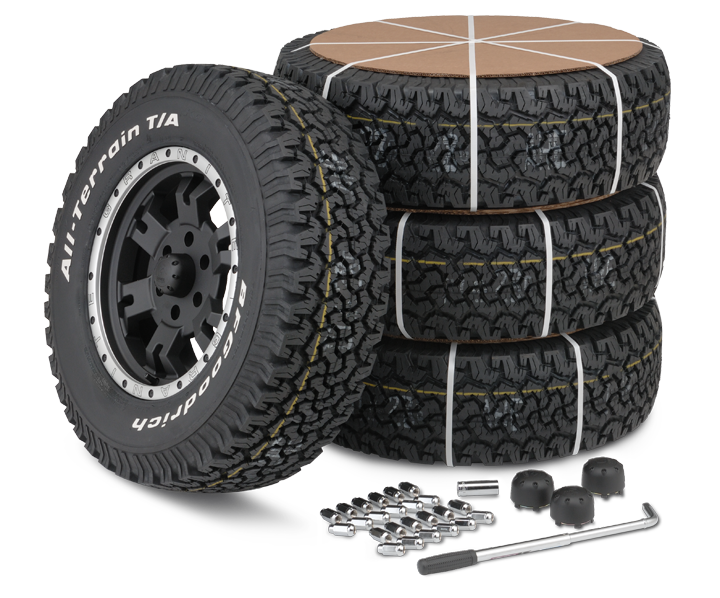Tire Solution: Comprehending Tire Stress Surveillance Solutions
Recognizing Tire Stress Surveillance Systems (TPMS) is a vital facet of preserving ideal automobile efficiency and safety and security on the roadway. With innovations in auto modern technology, TPMS has actually ended up being a standard feature in modern-day vehicles, offering real-time details on tire pressure levels.

Value of TPMS
The relevance of Tire Pressure Monitoring Solutions (TPMS) depends on their capability to enhance vehicle safety and security and performance through real-time surveillance of tire stress levels. Keeping the right tire pressure is important for guaranteeing optimal handling, stopping, and overall safety and security of a lorry. TPMS gives chauffeurs with immediate responses on any type of overinflated or underinflated tires, permitting prompt adjustments to be made.
Components of TPMS
Sensors are usually located in the tire shutoff stem or connected to the wheel assembly, where they determine tire pressure and send information to the control module. Some progressed TPMS designs also present the actual tire pressure analyses for each tire, offering vehicle drivers with real-time info to make sure optimal tire efficiency and safety. By monitoring tire pressure continually, TPMS assists prevent mishaps, reduces tire wear, and boosts fuel efficiency, making it a critical element for lorry security and efficiency. tire shop morris.
Kinds Of TPMS

On the various other hand, indirect TPMS depends on the automobile's wheel rate sensing units to monitor tire pressure. This system identifies underinflation by comparing the rotational speeds of the wheels. Indirect TPMS is less expensive than direct TPMS, as it uses existing sensing units within the lorry.
While direct TPMS offers more accurate readings, indirect TPMS is simpler in design and normally needs much less upkeep. Both systems have their constraints and benefits, and the selection in between them usually depends on factors such as cost, car make, and personal preference. Understanding the differences between these 2 kinds of TPMS can help car owners mopar tire service specials make informed decisions concerning tire maintenance and safety.
TPMS Maintenance Tips
Conduct regular checks on the tire stress degrees and contrast them with the TPMS analyses to guarantee they are regular. Throughout tire rotation or replacement, make sure that the TPMS components are managed carefully to avoid any type of possible damages. If the TPMS alerting light brightens on the control panel, attend to the concern quickly by checking the tire pressures and the overall system for any faults.
Benefits of Appropriate Tire Pressure
Preserving appropriate tire pressure, as highlighted in TPMS Upkeep Tips, is crucial for reaping the numerous advantages related to optimum tire pressure levels. Among the key advantages of preserving the right tire pressure is improved fuel efficiency. When tires are effectively blown up, there is much less rolling resistance, bring about far better gas economic climate. Furthermore, proper tire stress makes certain also click here for info tire wear, prolonging the lifespan of the tires and promoting more secure driving problems. With the best tire stress, automobiles likewise have better handling and grip, particularly in unfavorable weather problems. This can improve overall driving efficiency and security for the chauffeur and passengers. Preserving optimum tire pressure can add to a smoother and much more comfy trip by reducing vibrations and sound triggered by underinflated tires. Finally, the advantages of appropriate tire stress exceed just tire durability; they include enhanced fuel effectiveness, boosted security, far better car efficiency, and overall driving comfort.
Verdict
To conclude, recognizing tire stress surveillance systems (TPMS) is vital for keeping optimum tire stress and guaranteeing automobile security. By identifying the relevance of TPMS, being acquainted with its parts, knowing the various kinds readily available, adhering to correct upkeep suggestions, and recognizing the advantages of preserving appropriate tire pressure, drivers can boost their driving experience and prolong the lifespan of their tires. Proper tire pressure is vital to effective and secure try this web-site automobile operation.
